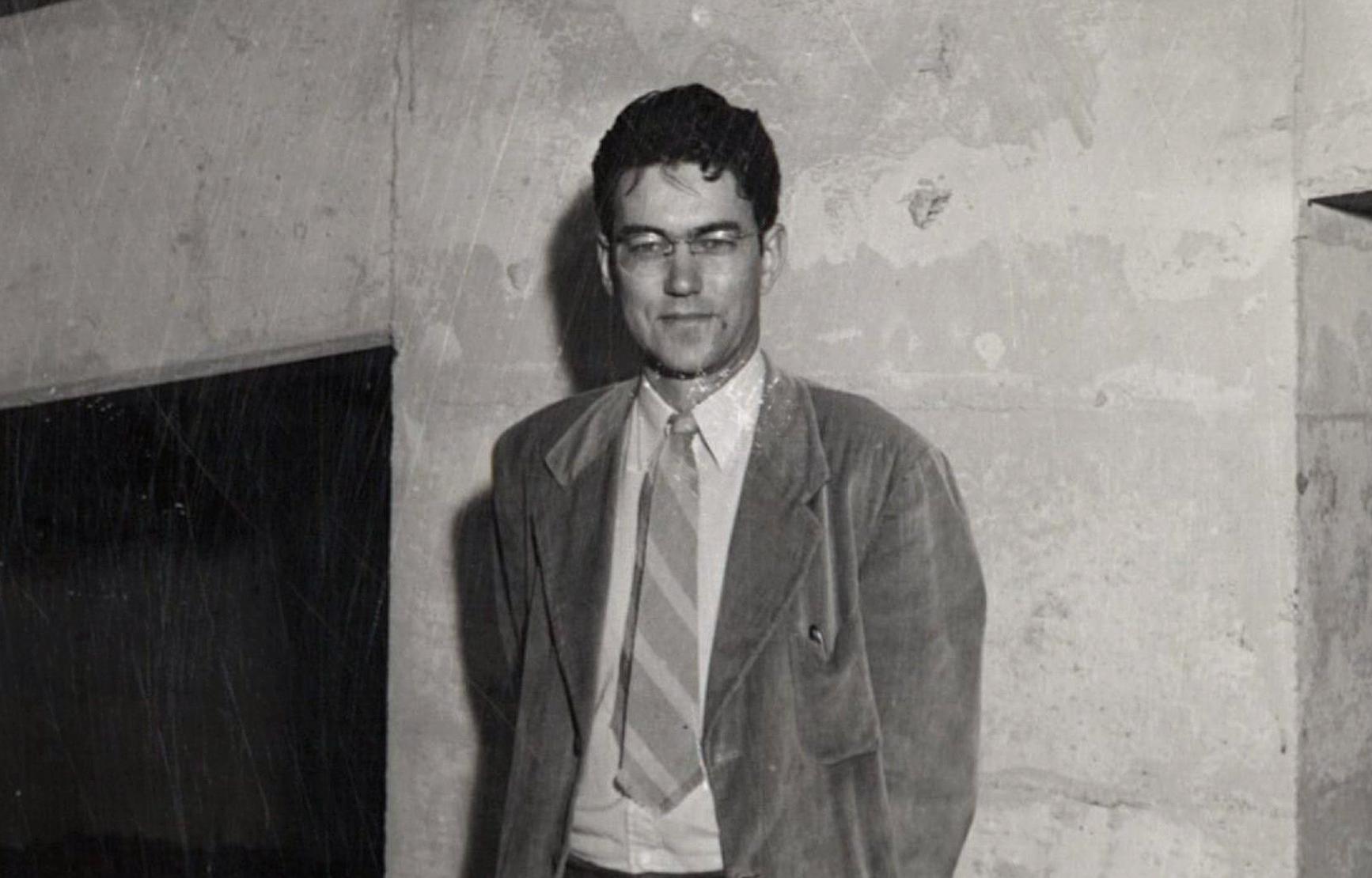The Lonseth Lecture Series was established in 1985 to honor Arvid T. Lonseth, Professor Emeritus and former chair of the Mathematics Department at Oregon State University. Dr. Lonseth was a superb and devoted scholar and teacher of mathematics. The lecture series is a testimony to his deep commitment to the mathematical education of students, especially undergraduates.
Dr. Lonseth earned his B.A. in mathematics at Stanford University and his Ph.D. at the University of California, Berkeley, in 1939. His research was focused on integral equations, the calculus of variations, and computational methods. He joined OSU’s Mathematics Department in 1948 and served as department chair from 1954-68.
Dr. Lonseth set the department firmly and successfully on its present course: a department with deep expertise, with an interest in the mathematics of the world around us and a dedication to undergraduate education.
These lectures remind us of our debt to our esteemed leader, colleague and friend, Dr. Arvid Lonseth.
